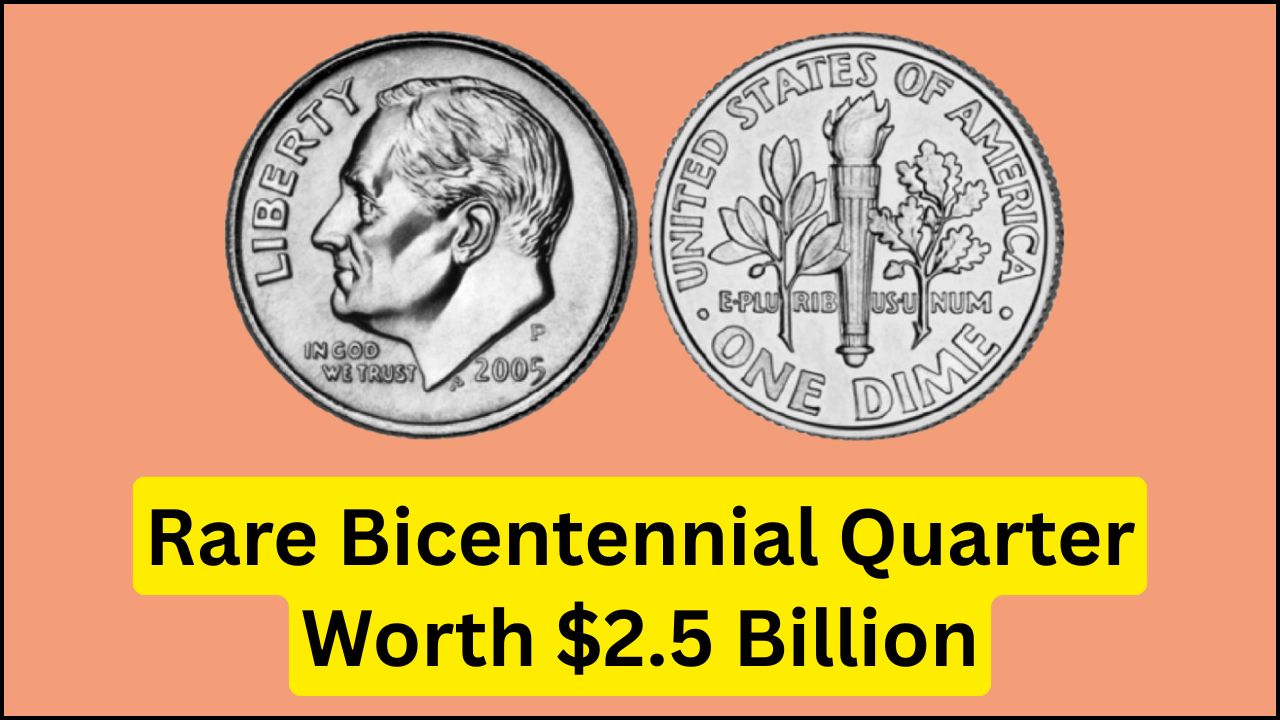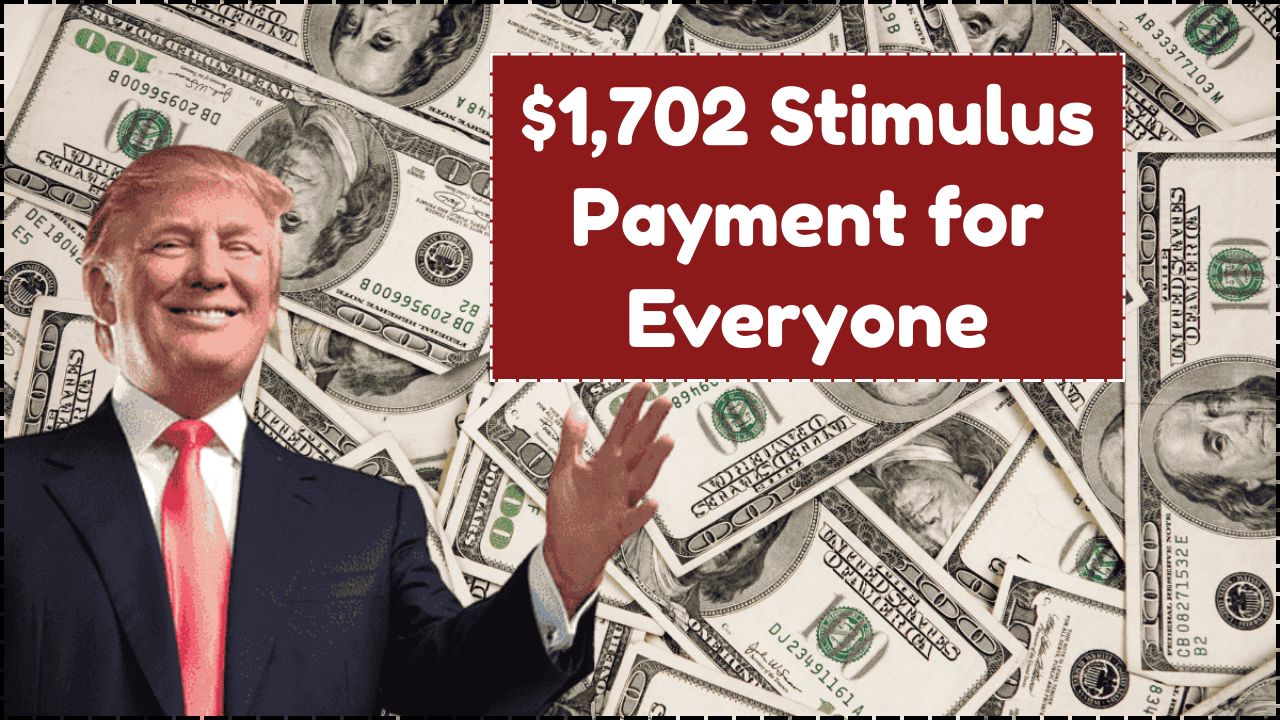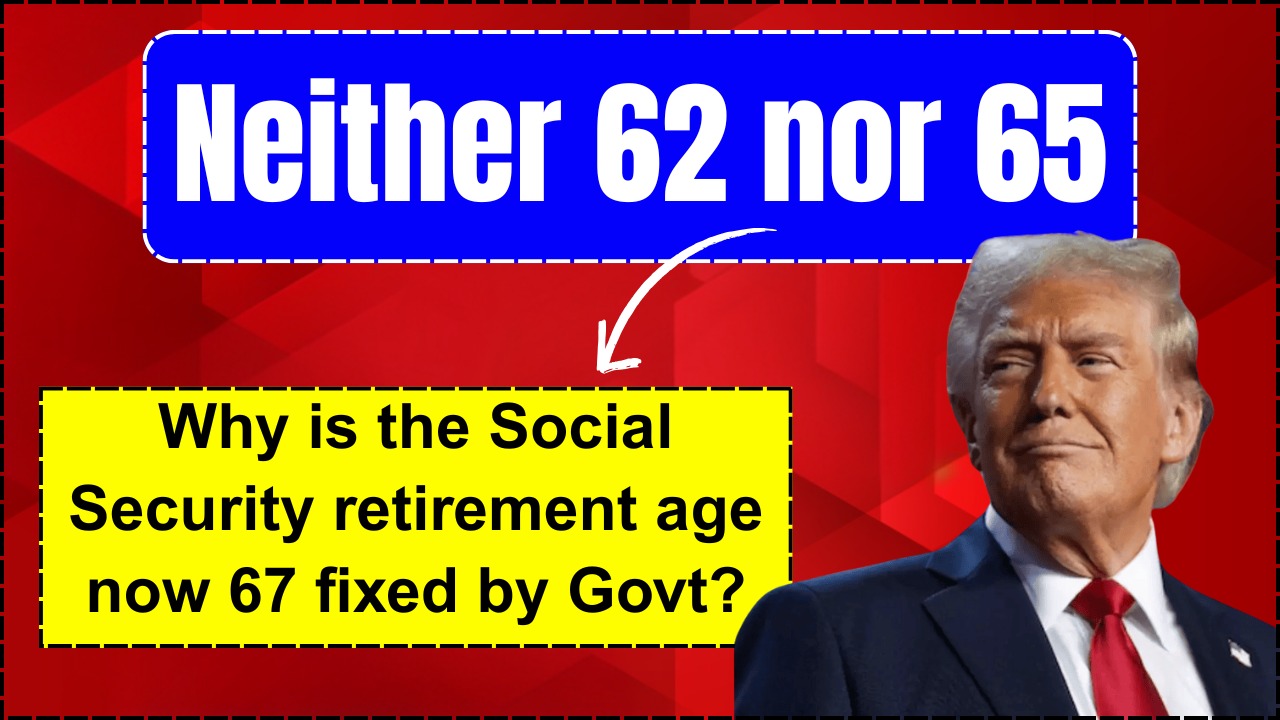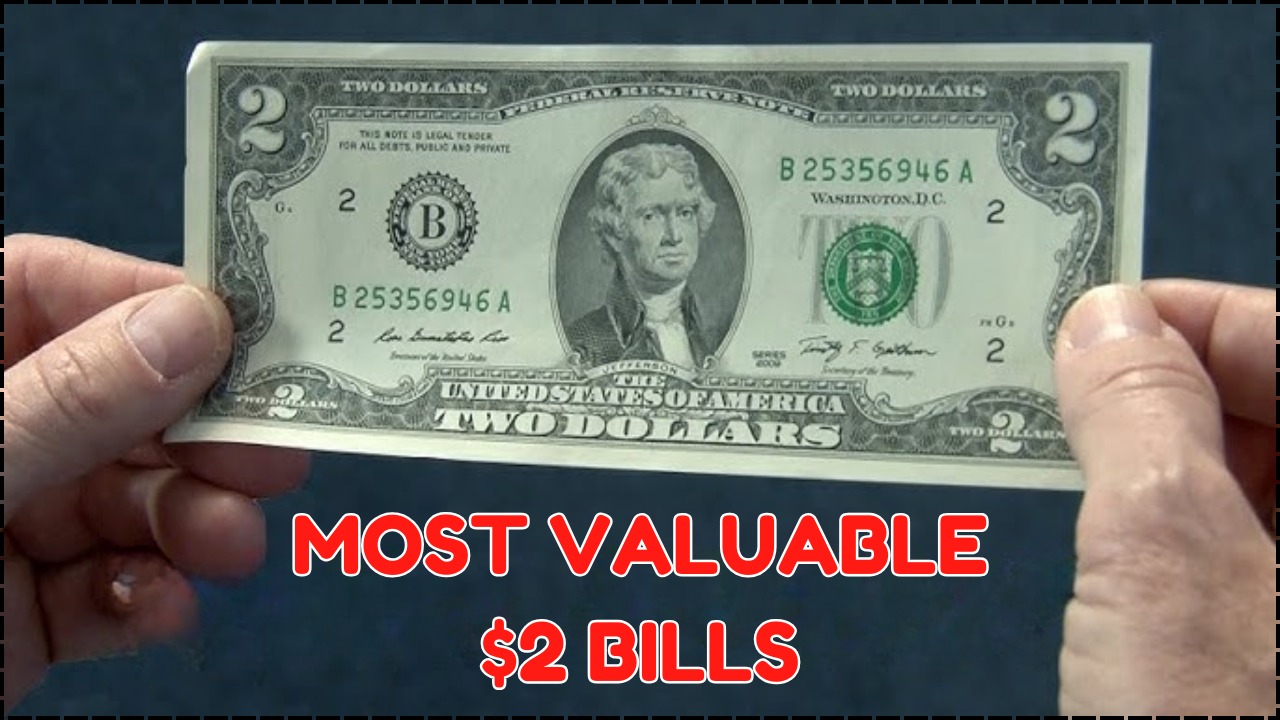
The classic Bicentennial Quarter (1776–1976) is a familiar sight in U.S. coinage. Despite being released in massive quantities to celebrate 200 years of independence, this coin harbors a legend of a rare variant—possibly struck in 90% silver or displaying a unique error—that’s been speculatively valued at $2.5 billion by collectors. While no such sale has been verified, the mystique endures.
This story fuels a treasure hunt among hobbyists and the general public alike: what if the most valuable quarter in American history is still circulating unnoticed?
Table of Contents
History & Design
In 1975 and 1976, the U.S. Mint produced the Bicentennial Quarter to honor the nation’s anniversary. The reverse features a Colonial drummer, encircled by a torch and 13 stars—an intentional homage to unity, designed by Jack L. Ahr.
The obverse retained the familiar portrait of George Washington but introduced a dual date—“1776–1976.” Over 1.6 billion of these quarters were minted, distributed across Philadelphia, Denver, and San Francisco facilities. While San Francisco also produced 40% silver collector editions, the vast majority were standard copper-nickel clad coins.
Most of these remain in circulation today, valued at 25 cents or a modest premium if in high grade.
Overview
| Category | Details |
|---|---|
| Coin Type | 1776–1976 Bicentennial Quarter |
| Design Features | Colonial drummer reverse, dual date “1776–1976”, George Washington obverse |
| Mints Involved | Philadelphia (no mint mark), Denver (D), San Francisco (S) |
| Common Composition | Copper-Nickel Clad |
| Collector’s Version | 40% Silver (San Francisco mint sets only) |
| Estimated Rare Variant Value | Up to $2.5 Billion (speculative, unconfirmed) |
| Potential Rare Traits | Silver composition, minting error, off-metal strike, doubled die, missing mint mark |
| Discovery Probability | Extremely rare, no confirmed cases yet |
| Authentication Needed | PCGS, NGC, or another professional coin grading service |
| U.S. Mint Info Page | U.S. Mint |
Origins of the Myth
The lore surrounding the $2.5 billion valuation centers on a tantalizing possibility: what if a Bicentennial Quarter was accidentally struck on a 90% silver planchet—a forgery from the minting process that escaped detection?
Such a coin would be extraordinary:
- Pure silver content in a coin known only in clad form
- Unique defects—like misaligned dies or missing mint marks
- One-of-a-kind provenance from a specific minting event
Theories suggest that even a single specimen might exist, and the combination of silver content, historical significance, and extreme rarity feeds the multi-billion-dollar fantasy—though no auction confirms it.
Still in Circulation? The Thrill of the Hunt
What makes the story even more compelling is that this coin could still be in daily use. Unlike other rare commemoratives, the Bicentennial Quarter was never withdrawn from circulation.
Collectors are inspired by past discoveries:
- In 2005, a rare 1913 Liberty Head Nickel was sold privately for over $3.7 million.
- Earlier, a 1969‑S double-die penny changed hands for over $30,000.
- An off-metal 1982 Roosevelt dime fetched a few thousand dollars.
- A 2004 Wisconsin extra-leaf quarter sold for up to $1,500—all from public circulation.
These cases show that hidden treasures can surface from everyday change, making the search for the lost silver quarter all the more enticing.
Understanding Bicentennial Quarter Varieties
| Variant | Description | Estimated Value |
|---|---|---|
| Standard copper-nickel | Daily circulation – common | $0.25 |
| Uncirculated clad | Mint-state condition, sharp detail | $1–$5 |
| Silver-clad San Francisco | 40% silver, collector edition | $5–$20 |
| Noteworthy error (e.g., off-center) | Striking errors or misprints | $100–$2,000+ |
| Legendary silver/error variant | Rumored silver error, highly speculative | Up to $2.5B (unconfirmed) |
Identifying Potentially Valuable Quarters
If you suspect you may have a rare Bicentennial Quarter, look for these telltale signs:
- A heavier, silver-toned feel
- A mirror-finish or frosted details—proof-like appearance
- Odd mint marks or missing ones
- Double-die doubling on letters or imagery
- Off-center striking or inconsistent edge reeding
- Misaligned design elements
While none of these are definitive proof, they strongly warrant professional grading by services like PCGS or NGC to confirm rarity and value.
Real-World Discoveries That Inspire
History is full of lost coins found in plain sight:
- A rare 1913 Liberty Nickel sold for $3.7M after rediscovery
- Double-die penny, 1950 steel cent, and more found in pocket change
- The Wisconsin extra-leaf quarter—a discovery that highlighted mint error lore
These stories show that even the most valuable numismatic items can take years—and luck—to appear.
What’s So Special About This Coin?
The intrigue around the Bicentennial Quarter goes beyond money:
- Historic Resonance – It’s tied to America’s bicentennial celebration.
- Minting Mystery – The idea of a minted mistake of that magnitude is mesmerizing.
- Everyday Connection – It’s a reminder that history can be found in ordinary objects.
Even without confirmation of the $2.5B rumor, the potential for discovery keeps collectors—and the curious—searching.
Quick FAQs
Q1: Are any Bicentennial Quarters worth more than face value?
A = Yes—silver versions and error specimens can fetch $1–$2,000+, but most common coins remain at $0.25.
Q2: Can I identify a rare quarter myself?
A = Possible—but only a coin grading service can confirm a true rare variant.
Q3: Have any been verified as silver?
A = No confirmed silver Bicentennial Quarters have surfaced, so the $2.5B valuation remains speculative.
Q4: Should I clean suspicious coins?
A = Never clean—they lose numismatic value. Store them carefully and seek professional advice.







